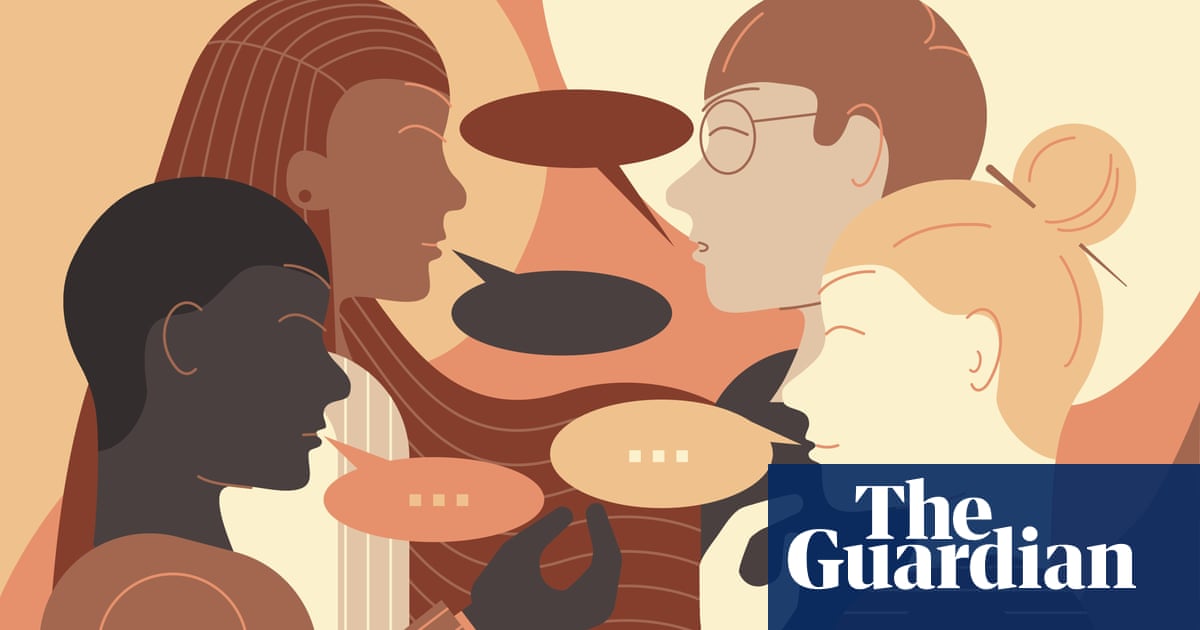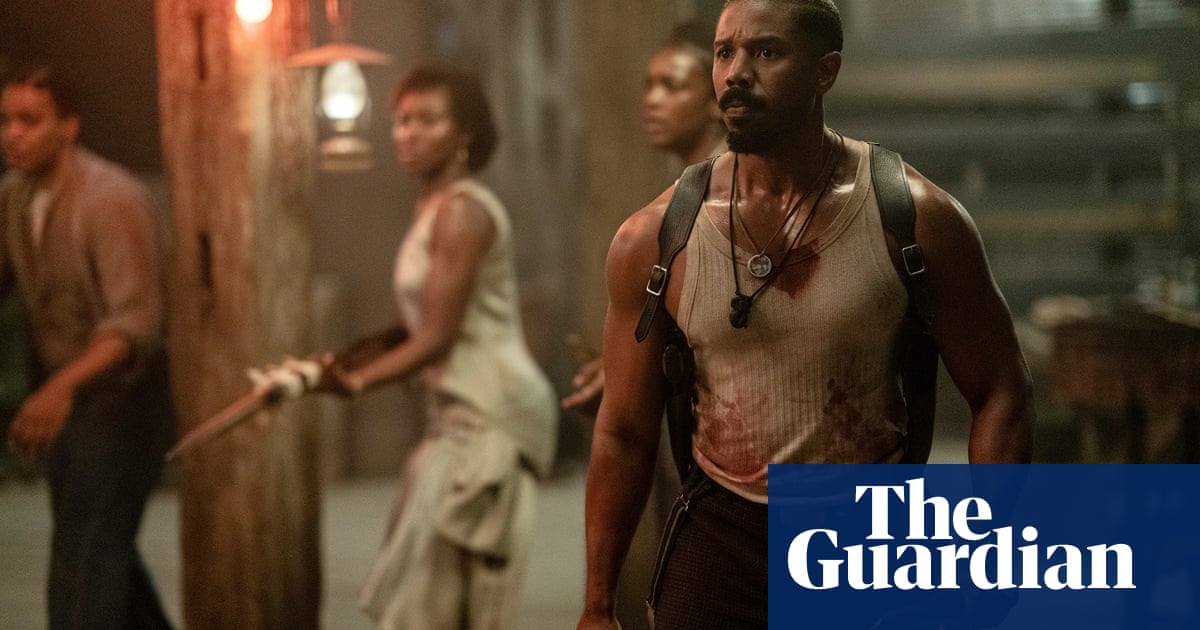A friend of mine says that she has found herself unable to have sex with her boyfriend after following the Pelicot rape trial. Something uncomfortable has shifted within her. I hear similar things from many women I know – people quitting dating, people ending friendships, all of us handed a piece of knowledge it’s hard to hold on to while also living alongside men. I sat in a car with a guy friend talking about his previous confusion at women’s opposition to the “not all men” hashtag and he said, sort of low, I get it now. We feel ripples after a crime like this – a rock falls in a lake and generations of people get seasick, or gasp, or drown.
There was an image shared at the beginning of the trial that showed some of the 50 defendants queueing to be admitted to court. All had their faces turned away from the camera, and all were found guilty of rape, attempted rape or sexual assault. While the portrait of Gisèle Pelicot has become iconic, it’s this photo that for me feels like the defining image of the trial, as a portrait of dull and utter ordinariness. As a reminder that violence against women is not exceptional, or unexpected, or performed only by a handful of monsters. This queue of defendants were men aged between 26 and 74, normal men who included a nurse, lorry drivers and a journalist – all they had in common was that they lived nearish the Pelicot’s rural home and they fantasised about raping an unconscious woman.
Soon after that photo was published, Bonnie Blue, the OnlyFans model who says she’s set a “world record” for having sex with the most men in one day, shared a video of the queue of men lining up for her at freshers’ week. It was a similarly anonymous queue, men, silent in trainers and hoodies, one in Crocs, awkwardly shifting from one foot to the other. On YouTube a documentary about the attempt of another OnlyFans model, Lily Phillips, to have sex with 100 men in 24 hours shows the same scene – the feet in a queue of men at a London Airbnb, some being entertained while they wait by a closeup magician performing in the hallway.
Both these women have been the subject of countless interviews, videos, judgments (the judgment and outrage itself knitted into the monetary success of these projects), but the men have remained anonymous – in the film their voices are altered, in photos their faces hidden. While Phillips and Blue’s intentions and morals and psychic damage have been frequently interrogated, the men lining up to be the 20th or 60th person to penetrate a stranger for three minutes while a guy does card tricks outside, have been granted barely a glancing thought. The intentions and morals of these men were not of interest, because… it’s normal! Normal to take sex when it’s offered, normal to commodify the body of a woman, normal to go home afterwards, to live in the world unaccountable. I do wonder what conversations these normal men had that evening with their girlfriends, their mothers, their kids, themselves, I do wonder what they said to Phillips or Blue as they were ushered in, and how that day changed them.
My daughter’s homework today requires her to identify the subject and object in a sentence, and sitting there with her in the glow of my laptop, I found myself struggling. The rules of grammar have always grimly eluded me, but as my mind went to the lines of faceless men, I thought how the terms are often unclear. I was of little help. There are some situations where everybody becomes an object and nobody benefits, and some where the subject switches depending on who’s reading the sentence and on what rules they have previously learned, however painfully. I thought then of the queue as a sentence, or an illustration of the polite systems that normalise gender-based violence, exploiting women and enabling even the most normal of men.
But ripples from a crime can help us sometimes see things with a new kind of clarity. This week, the most horrifying example was a growing awareness of domestic violence as a cause of suicide, as the abuser of Kiena Dawes was cleared of her manslaughter despite her note saying Ryan Wellings had “killed me” before she took her own life. Another was how we respond to self-proclaimed feminists, later revealed to be abusers. When New York Magazine published a long report accusing writer Neil Gaiman of multiple instances of sexual misconduct, the journalist Marie Le Conte wrote wearily on social media that women shouldn’t have to read it, “but all men should read it to the end, just as all men should have read all the long reads about the Pelicot case, so many seem to still not realise the extent to which so many men hate and want to hurt us”. Yes, these are reports that should be broadcast at half-time at matches, and over the loudspeaker at B&Q, and arrive on men’s phones like the U2 album before them, a confrontation, and another rock thrown.
Email Eva at [email protected]

.png) 2 months ago
21
2 months ago
21













































